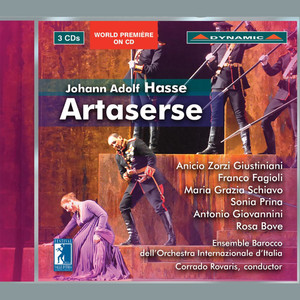Title: Unraveling the Art of Tie Knots: A Comprehensive Guide to Wearing a Tie
Tying a tie may seem like a simple task, but mastering the art of tying it is not as easy as it seems. In this comprehensive guide to wearing ties, we will unravel the secrets behind different types of knots and their meanings. From the classic four-in-hand knot to the more complex windsor knot, each knot has its own unique purpose and style. We'll also explore the history of ties and their evolution over time, from traditional silk neckties to modern designs with geometric patterns and bold colors. Additionally, we'll provide tips on how to choose the right tie for different occasions and how to style it with different outfits. Whether you're a seasoned tie enthusiast or just starting out, this guide will help you elevate your tie game and make a lasting impression at any event. So why not take the first step towards mastering the art of tying ties today?
Introduction
Ties have been an essential element of formal attire for centuries, adding elegance and sophistication to any outfit. However, not all tie knots are created equal. The way you tie your tie can significantly impact the overall appearance of your ensemble. In this comprehensive guide, we will explore the various types of ties and their appropriate uses, as well as provide step-by-step instructions on how to tie them. Whether you're a seasoned fashion connoisseur or a novice in the world of menswear, this guide will help you elevate your style game and make a lasting impression.
Types of Ties
There are several types of ties available, each with its unique characteristics and purposes. Here are some of the most common types:

1. Silk ties: Silk ties are made from high-quality silk threads woven together. They are often worn with suits and formal wear due to their luxurious feel and subtle sheen. Silk ties come in a wide range of colors and patterns, making them versatile additions to any wardrobe.
2. Wool ties: Wool ties are made from thick woolen fibers that are woven together to create a durable and cozy knot. They are commonly used for casual events and everyday wear, as they are less formal than silk ties but still add an element of sophistication to any outfit.
3. Nylon ties: Nylon ties are made from synthetic fibers that are strong, lightweight, and easy to maintain. They are often used for business attire and formal events, as they are resistant to wrinkles and don't require frequent washing.
4. Printed ties: Printed ties feature intricate designs or patterns printed onto the tie itself. They are often worn for special occasions or when seeking to make a statement with their outfit choice. Printed ties can be paired with either casual or formal clothing, depending on the design and occasion.
Appropriate Tie Knots
Now that you know the different types of ties available, it's time to learn about the various tie knots and their appropriate uses:
1. Full necktie knot (4-in-1): This is the most common and versatile knot, perfect for both casual and formal occasions. It is achieved by tying the long end of the tie around the neck, bringing it up behind the ears, and then reversing it back over itself before crossing it over the front neckline. This knot creates a clean and polished look that is suitable for a variety of settings.
2. Petite knot (2-in-1): This knot is designed for individuals with smaller neck sizes or who prefer a more subtle look. It is achieved by tying the long end of the tie around the neck, bringing it up behind the ears, and then reversing it back over itself before crossing it over the front neckline. The resulting knot is shorter than a full necktie but maintains a neat and tidy appearance.
3. Half-knot (1-in-1): This knot is ideal for those looking for a more relaxed and informal look. It is achieved by tying the long end of the tie around the neck, bringing it up behind the ears, and then reversing it back over itself before crossing it over the front neckline once again. This knot creates a simple and laid-back look that is perfect for casual outings or day-to-day wear.
How to Tie a Tie (Step-by-Step)

Now that you understand the different types of ties and their appropriate uses, here's how to tie them correctly:
Full necktie knot (4-in-1):
a. Start by placing the wide end of the tie on the left side of your body, near your waist. Make sure it's not too tight or too loose.
b. Cross the right end over the left end, bringing it up behind your ear.
c. Bring the right end across the top of your head, aligning it with the center crease in your shirt.
d. Take the left end and cross it over the right side of your head, just below the right ear loop.
e. Bring both ends up through both loops on your shirt, creating a secure knot at your neckline. Tighten as necessary to ensure a comfortable fit.
Petite knot (2-in-1): Similar to Full necktie knot (4-in-1), except instead of crossing both ends across your head, you will only cross one side over the other until reaching your desired length. Repeat on both sides for a uniform look.
Articles related to the knowledge points of this article:
Title: The Art of Tying a Tie: A Step-by-Step Guide
The Art of BABE Ties: Crafting Timeless and Stylish Wristbands
Processing of Down Jackets: A Detailed Guide
Laundry Care for Down Jackets: A Guide to Machine Washing
Title: Unveiling the Elegance: A Masterclass in Silk Scarves



